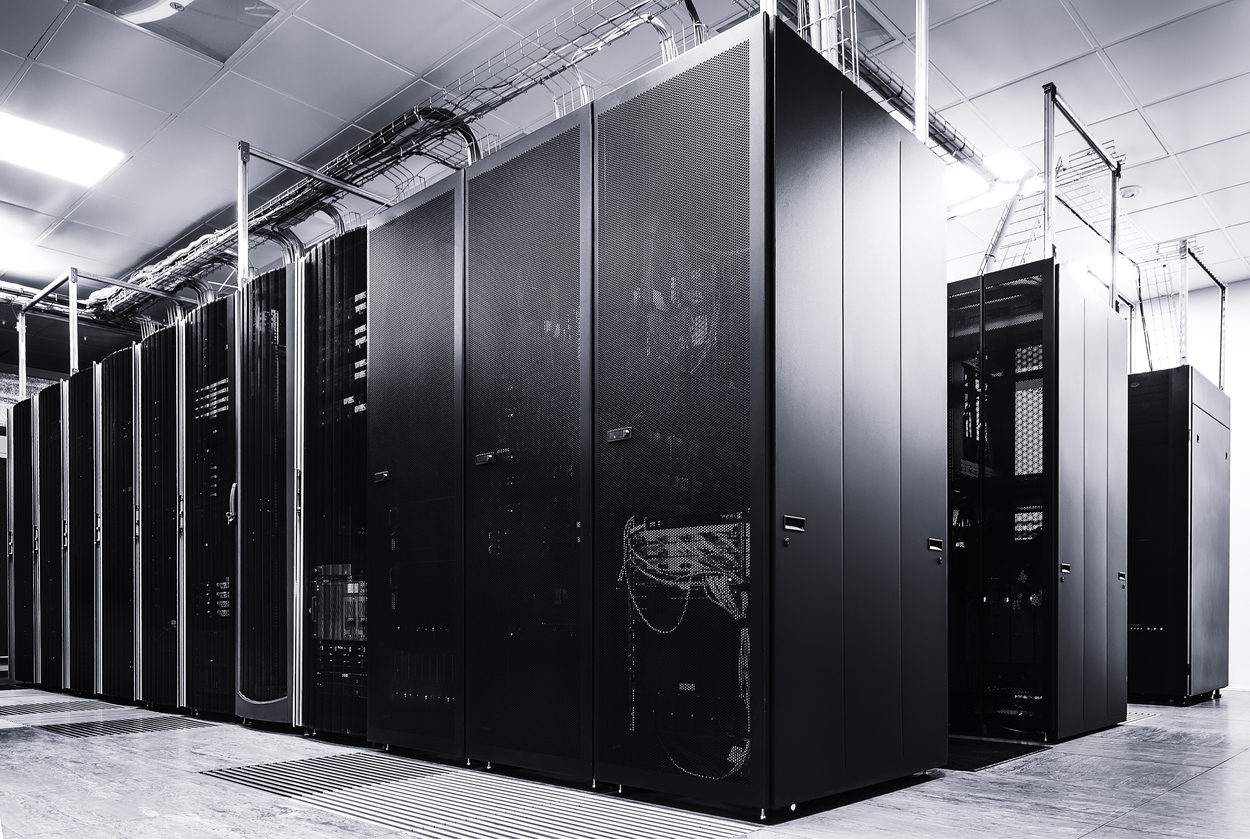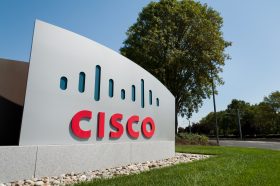Cisco Hones Hyperflex HCI Story

Hyperconverged infrastructure (HCI) is hot. Cisco has been busy with announcements on the HCI front -- the same week that Big Switch updated new partnerships in an expansion plan for HCI. Cisco today announced an update to Cisco HyperFlex software that adds support for Microsoft Hyper-V virtual machines and containers running on top of Kubernetes cluster. Previously, Cisco HyperFlex software was optimized exclusively for applications that could only run on top of instances of VMware virtual machines.
Version 3.0 of HyperFlex adds support for the application performance monitoring service Cisco gained via the acquisition of AppDynamics last year, as well as a bevy of Cisco cloud management and optimization tools. Cisco also earlier in the week announced that it's buying Skyport Systems, a Silicon Valley startup focused on securing HCI workloads. Cisco said in the press release that it wants to "utilize Skyport's intellectual property and seasoned software and network expertise to accelerate priority areas across multiple portfolios."
Skyport is an interesting acquisition. The company was focused on using a unique approach to securing HCI workloads at the operating system (OS) level, by monitoring OS-level configurations and changes. The company was once "hot," but it had been quiet lately.
Rob Salvagno, VP of corporate business development, wrote in a blog post that the Skyport Systems team will join the Data Center – Computing Systems Product Group led by Senior Vice President and General Manager Liz Centoni and the Service Provider – Networking Group led by Senior Vice President and General Manager Jonathan Davidson. The terms and purchase price of the acquisition were not released.
All of this adds up to lots of software changes for Cisco, as it beefs up its HCI strategy to compete with emerging vendors such as newly-public Nutanix (NTNX) and Simplivity, which was aquired by Hewlett-Packard Enterprise (HPE).
Building HCI Momentum
By expanding the potential deployment scenarios for HyperFlex, Cisco expects to gain additional HCI momentum in 2018, says Todd Brannon, director of product marketing for unified computing at Cisco. At present, Cisco reports it now has over 2,500 customers using Cisco HyperFlex appliances.
A lot of this has been accomplished with acquisitions. Cisco adopted and then acquired a unified file system based on technology developed by SpringPath. HyperFlex converges compute, storage and networking in the same HCI appliance. Rival offerings only converge compute and storage, says Brannon.
“Networking is critical to making hyperconvergence work in the enterprise,” says Brannon.
Cisco, adds Brannon, is also seeing a sharp uptick in the number of IT organizations deploying Kubernetes on top of either VMware or Microsoft Hyper-V virtual machines. Support for Kubernetes is intended to provide access to persistent storage for containerized applications. In the future, Brannon says Cisco also expects to see demand for deploying Kubernetes on bare-metal servers. But for now, most containers are being deployed on virtual machines to take advantage of existing tooling and provide better isolation between container applications.
Hyperflex for Public Cloud
In effect, Cisco views Cisco HyperFlex as the platform on which IT organizations will be able to take advantage of a more turnkey private cloud platform that can be easily integrated with a variety of public clouds. To further that aim Cisco late last year signed an alliance with Google under which its implementation of Kubernetes will be integrated with container cloud services provided by Google.
HCI appliances are the fastest growing category of infrastructure in the data center. A recent report from International Data Corp. (IDC) notes the HCI segment grew 68 percent year-over-year in the third quarter for 2017, surpassing $1 billion in sales for the first time. The challenge and opportunity facing Cisco will be just how much networking factors into the future HCI appliance decisions.
















